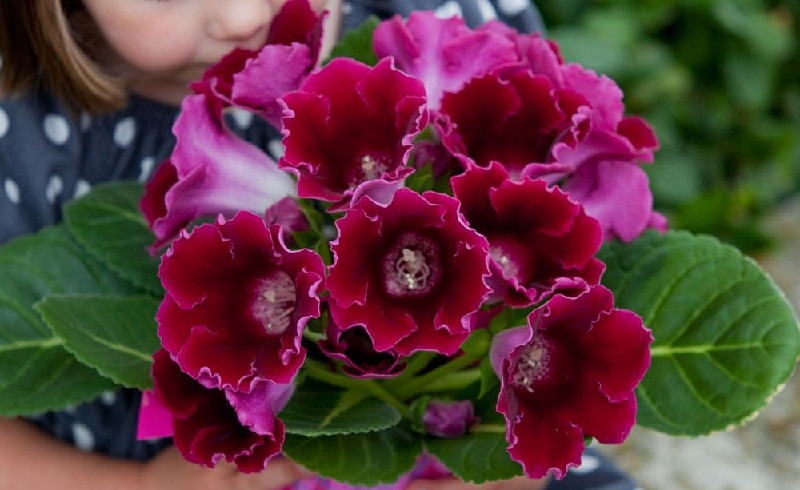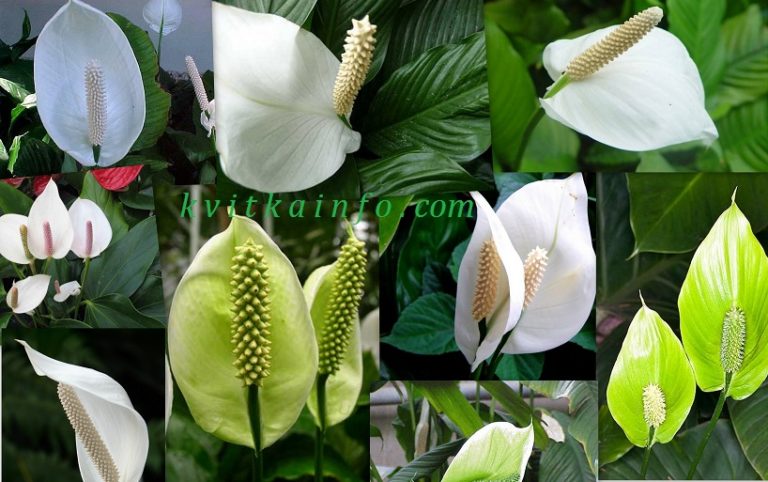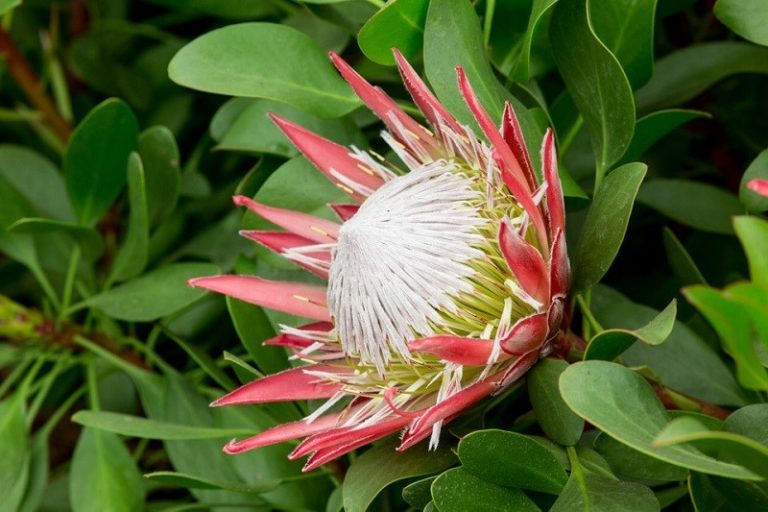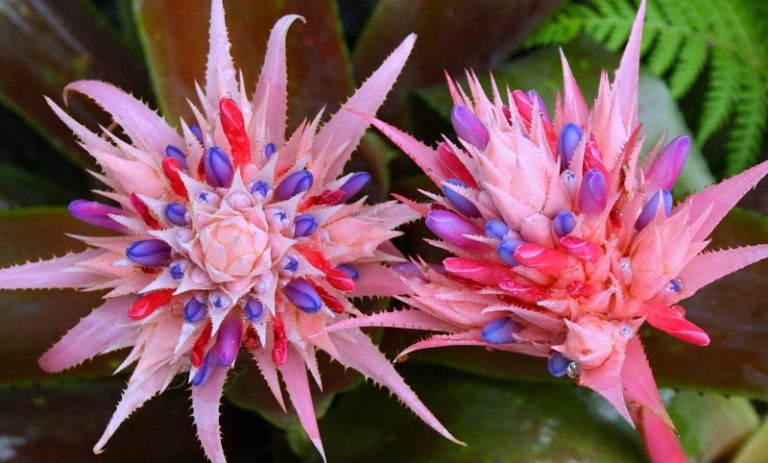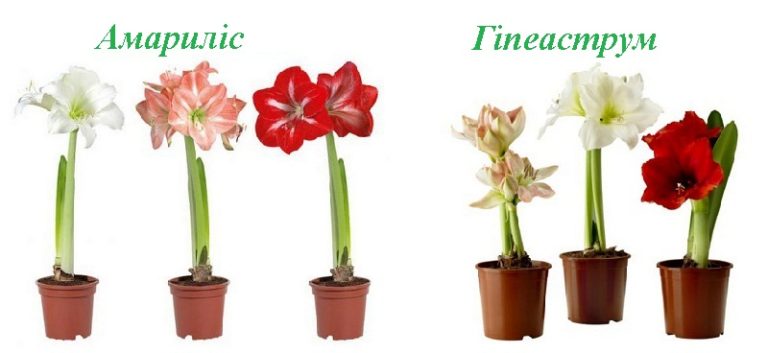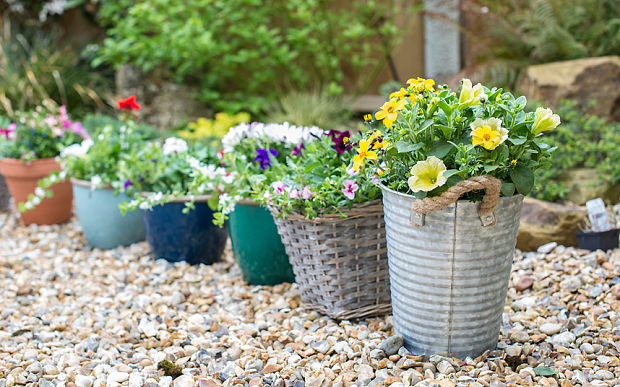Gloxinia: care, transplantation and reproduction
Gloxinia (Gloxinia) or Sinningia is a perennial tuberous plant, its large velor leaves are held on small stems, blooms with bell-shaped flowers of different colors, this flower belongs to the Gesneriaceae family. In its natural environment, the velvet bellflower can be found in Brazil. It was from Brazil, at the beginning of the nineteenth century, that this flower came to Europe thanks to the Australian botanist Peter Gloxinia, which was called gloxinia. On the basis of this flower, breeders bred a whole genus of gloxinia.
In the natural environment, there are several types of gloxinia, on the basis of which hybrids adapted to room conditions were created. The most common types of indoor gloxinia are obtained by crossing royal gloxinia with beautiful gloxinia.
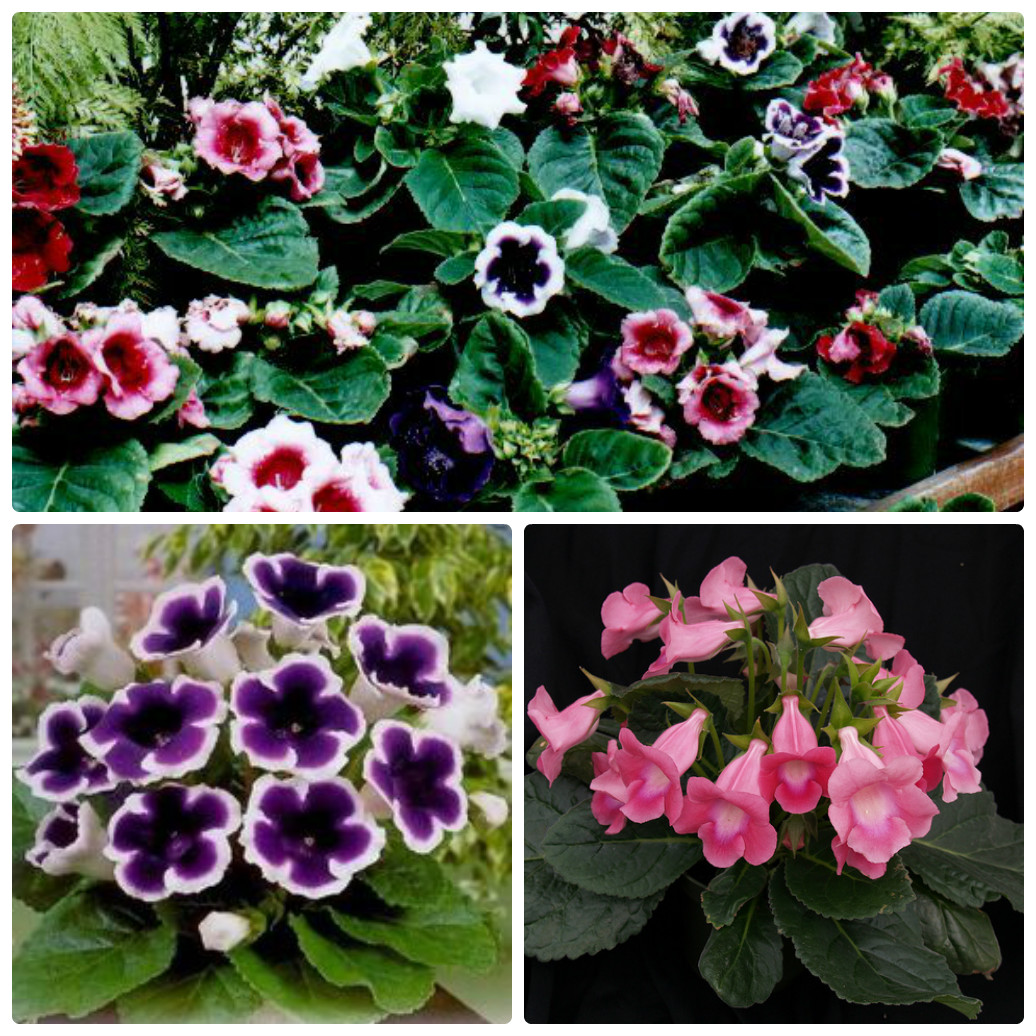
- Гібридні сорти глоксинії вчені розділили на 4 групи по висоті:
- high – the height of which is more than 25 cm;
- medium – the height of which is up to 25 cm;
- low – up to 12 cm high;
- dwarf – up to 5 cm high.
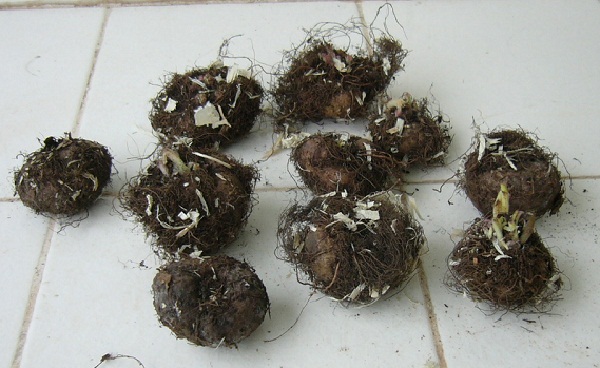
Caring for the gloxinia tuber during the dormant period
Before the start of the dormant period, gloxinia leaves and stems begin to die off, and the roots die. At this point, it is important to properly care for the flower so that the next year gloxinia blooms just as beautifully.
When the death of the upper part of the plant begins, you need to reduce watering and fertilizing. When the upper part is completely dry, it must be cut off, leaving a small part above the ground (up to 3 cm). From this moment on, watering and fertilizing are stopped. The pot with tubers must be transferred to a cool room (+12° C). You need to water (slightly moisten the soil) the tuber 1 time in 30 days (so that the tuber does not dry out).
In January, you can transplant gloxinia tubers into new nutrient soil.
After the sprouts appear, the flowerpot is placed in a permanent place, watering increases and you can start feeding.
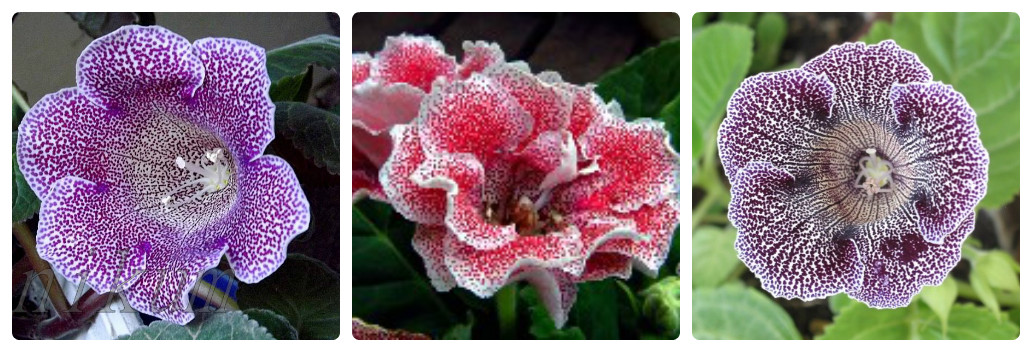
How to care for gloxinia
Gloxinia is a seasonal plant, it releases its leaves in spring, blooms during the summer, and freezes and sheds its leaves for the winter. Caring for gloxinia is not difficult if you follow the following care conditions.
Light brightness for gloxinia
Gloxinia is a light-loving plant, bright diffused sunlight or partial shade is best suited, but with such lighting, gloxinia will lose its decorative appearance and will be drawn to the light. If the plant does not have enough light, the leaves will rise up, and the pedicels will stretch towards the light. Gloxinia also reacts painfully to excess lighting, especially in the summer months: the leaves droop and turn yellow, the pedicels become very short and the duration of flowering decreases.
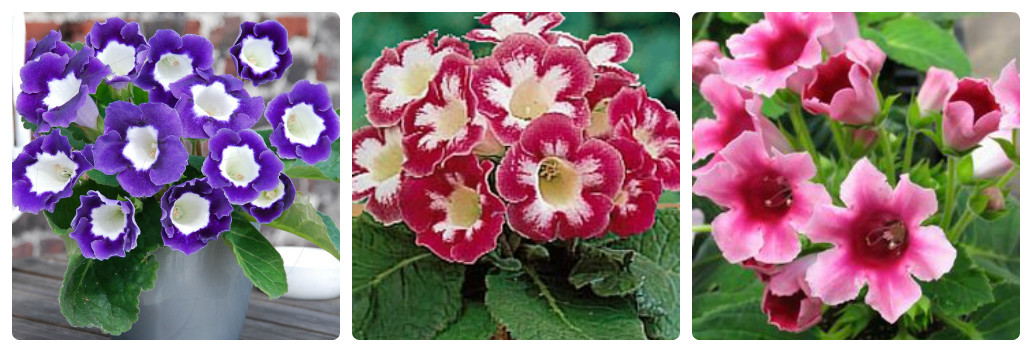
Air temperature for gloxinia
The air temperature for gloxinia should be moderate (+18 ° C at night – +22 ° C per day), but not lower than 16 ° C in winter. The leaves of gloxinia are very sensitive to sudden changes in air temperature and to overdrafts. If the leaves rise up, this is a sign of high temperature, and if they fall, the gloxinia is cold or needs to be watered.
Watering and humidity for gloxinia
The water for watering gloxinia should be soft and warm enough (2 ° more than room temperature). When watering, try not to get water on the leaves, stems and flowers. It is necessary to water the plant during the period of active growth, between waterings the earthen clod should be slightly moist (overdrying of the soil should not be allowed). Excessive watering is the main cause of gloxinia tuber rotting.
Gloxinia is unpretentious to air humidity, room humidity is suitable for it. If your room is very dry, then the humidity needs to be increased. Spray not the plant, but around it. How to increase humidity?
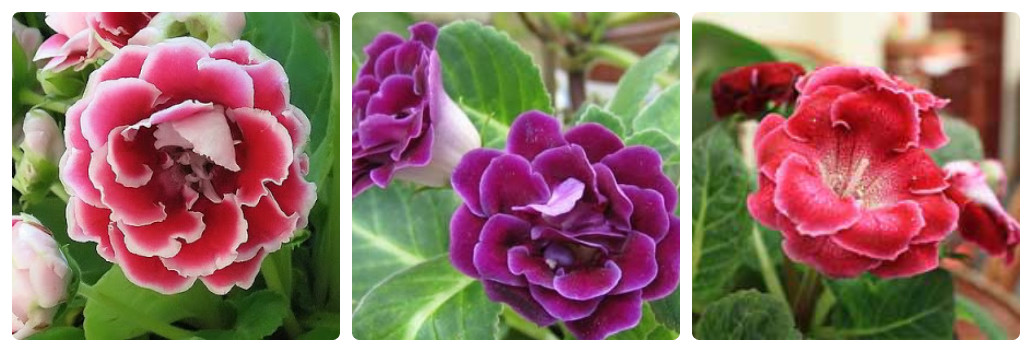
Watch the video about indoor violet. Violet flowers are multi-colored, simple, double, wavy with a diameter of 2 to 4 cm.
Fertilizer for gloxinia
Gloxinia should be fed in the spring 1 time in 7 days, when the growth of young leaves begins – with complex mineral and organic fertilizers for flowering plants. Mineral and organic fertilizers alternate. Mineral fertilizers can be bought at flower shops, and organic fertilizers can be prepared with your own hands, it can be compost tea or infusion of chicken manure (1:10). During dormancy, gloxinia is not fed.
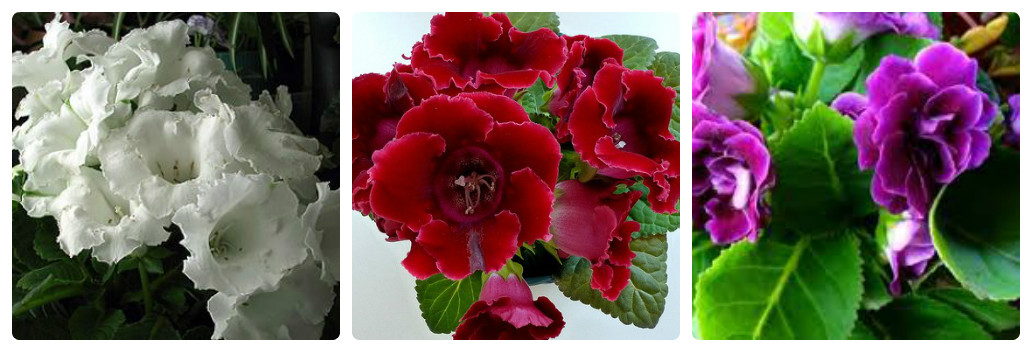
Soil and transplantation of gloxinia
For gloxinia, the soil used for violets is ideal. The composition of the soil should include sod and leafy soil, humus and sand (1:2:1:1), and you can also buy a soil mixture for violets. You need to transplant gloxinia every spring (change the old soil to a new one). It is best to take a low but wide pot, gloxinia roots grow wide. It is very important to make drainage.
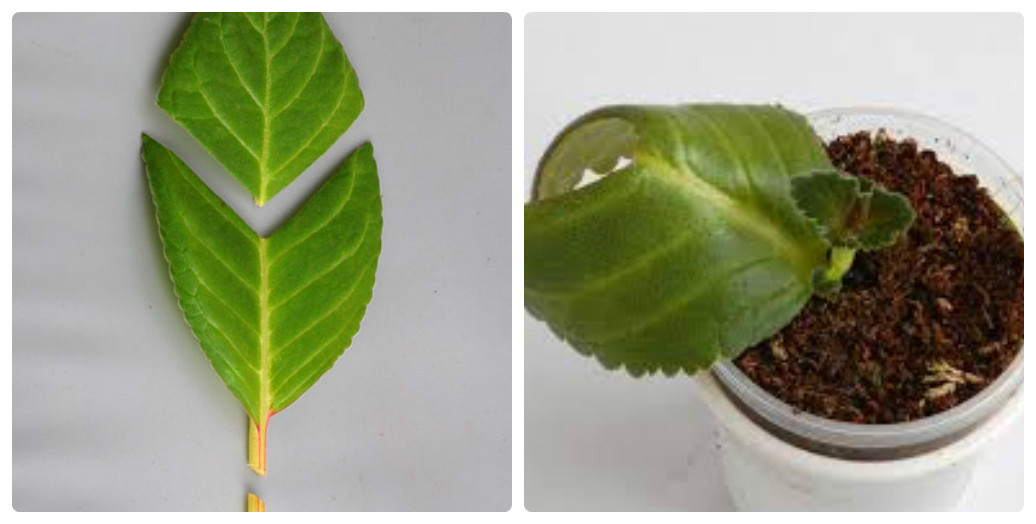
Reproduction of gloxinia
Gloxinia reproduces in summer by leaves and seeds in early spring.
Gloxinia diseases
Gloxinia is often affected by fungi: gray rot, powdery mildew, black legThe edges of the leaves are brown – warm and dry air.
Rotting of the tuber – excessive watering. The tuber needs to be dug up, cut off the rotten parts, sprinkle them with ash, leave for 2 days and plant in new sterile soil.
Young leaves curl – an excess of nitrogen fertilizers, or overdrag.
The plant does not bloom – an excess of fertilizer.
The leaves turn yellow and fall off – the flowerpot stands in the sun, high acidity of the soil, overflow.
Brown spots on the leafand- sunburn.

